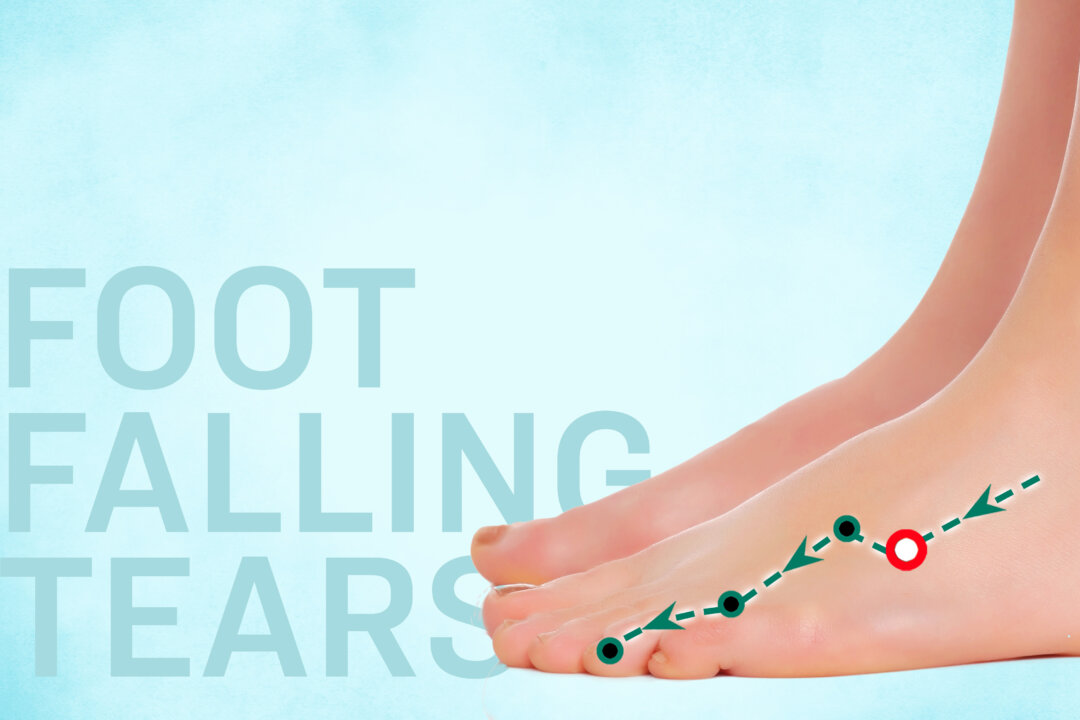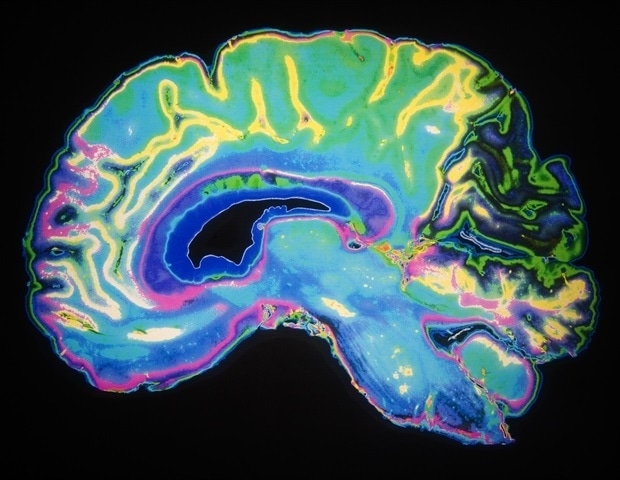
Traditional Chinese medicine (TCM) is rich with powerful acupoints, but some, like Foot Falling Tears (Zu Lin Qi, GB41), are often underutilized in modern acupuncture practice. Despite its relative obscurity, this acupoint carries significant healing potential, particularly due to its unique nature as a shu-stream point and location at the intersection of two meridians. These points are like sections of a river where the water transitions from shallow to deep, gaining the strength and depth necessary to nourish the entire river.
This unique property allows shu-points to strengthen the flow and influence of the entire meridian. This connection between the gallbladder meridian and the Girdle Vessel at Zu Lin Qi enhances its role in maintaining smooth energy circulation. When energy becomes stagnant in the Girdle Vessel, imbalances can arise, leading to symptoms such as heaviness, sluggishness, or discomfort in the entire body.

Restricted flow may also affect the lower body, resulting in tension, pain, or cold sensations in the legs. Headaches and migraines resulting from gallbladder meridian imbalances Hormonal issues, such as breast tenderness and menstrual irregularities Lymphatic swelling (scrofula) linked to bacterial infections Pain at the top of the foot, making it helpful for foot-related discomforts Finding and Activating Zu Lin Qi Finger Pressure: Apply firm pressure for three to five seconds, release for three seconds, and repeat for one to three minutes per side. Circular Massage: Use your thumb or index finger to massage in small circles for one to three minutes per side.
Herbal Patches: Apply a medicinal patch and leave it overnight for sustained benefits. Advanced Therapies: Consider acupuncture, cupping, or moxibustion, a gentle heat therapy using dried mugwort, with a trained TCM practitioner for deeper effects. Precautions to Keep in Mind TCM expert Shihhsiang Hung helped ensure the accuracy and clarity of this article.
.















